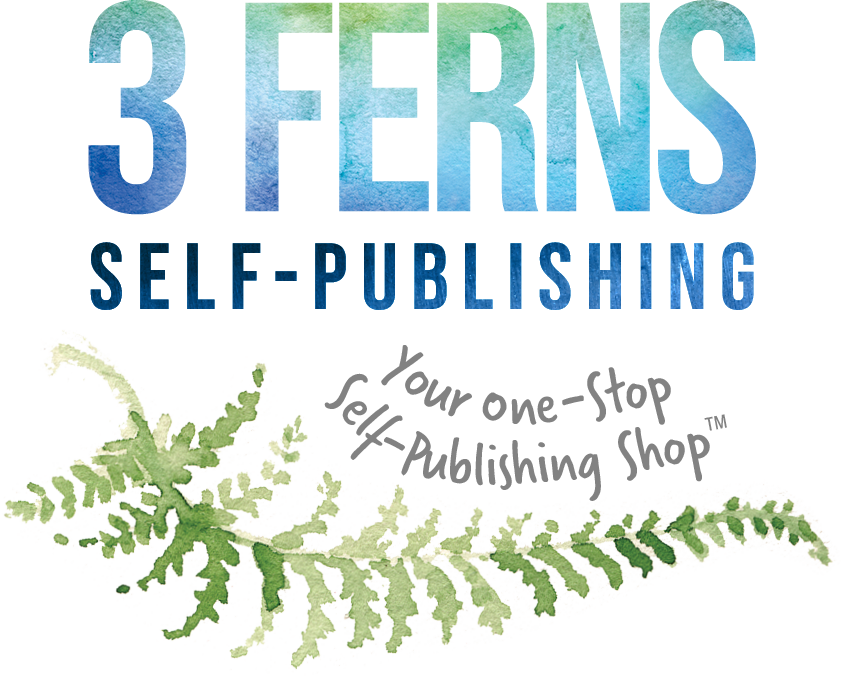It’s happened to the best of us, on days when we least expect it: Writer’s block. The dreaded wall in between you and the progress you need to make with your work. It’s more often talked about with fiction writers and novelists but we know that whether you’re writing an epic fantasy or a how-to guide, all kinds of writing requires some level of storytelling.
One technique that can help overcome this hurdle is stream of consciousness writing. This method involves writing continuously without self-censorship, allowing ideas to flow freely. While it has both benefits and drawbacks, stream of consciousness writing can be a valuable tool for breaking through writer’s block and reigniting your creativity.
What is Stream of Consciousness Writing?
You need to get your point across but how can you do that if you can’t even get out of your own head? Stream of consciousness might be just what you need.
This method of writing is a narrative technique that captures a character’s thoughts (in this case yours) in a continuous flow. It’s often used in fiction to provide a deeper, more intimate look into a character’s mind.
However, for you – the nonfiction writer, this technique can help you come up with new ideas, content, or creative ways to thread together your thoughts without the constraints of structured writing. By allowing your thoughts to spill onto the page unfiltered, you can bypass the inner critic that often contributes to writer’s block.
The perks of your subconscious
In thinking less, there is less judgment, and when you allow yourself to simply write like no one’s watching, you may find you come up with the best ideas!
Here are a few reasons why we think stream of consciousness could help!
Speed
The writing process sometimes seems endless. From thinking about what to write, to planning the flow, to getting the words on the page, then finally editing, three days will have gone by and you wouldn’t even notice.
Herein lies the strength in stream of consciousness writing. Without the need to stop and edit, you can write much faster, capturing ideas as they come. This rapid production can help you get past the initial hurdle of a blank page and build momentum in your writing process.
Uniqueness
Without a clear message and a distinct voice, your words can be drowned out in the thousands of written works that have already been published.
Stream of consciousness writing allows you to capture your raw thoughts and emotions, making your writing more authentic and relatable. This uniqueness can set your work apart from more traditional, structured nonfiction.
Engagement
Since you’re writing off of the top of your head, you filter yourself less and this creates a sense of immediacy and intimacy with readers. By sharing your open, honest, and candid thoughts, you invite readers into your mind, making them feel more connected to your work. This engagement can be particularly valuable in nonfiction, where personal insights and experiences can enhance the overall narrative.
Potential pitfalls
It is important to remember that, as with everything else, stream of consciousness writing does have some downsides. Let’s discuss:
Significant editing
Unless you’re an extremely exceptional writer or just highly confident, you’re probably aware that first drafts rarely make the cut. This rings even more true with stream of consciousness writing.
As you write without any rhyme or reason other than the goal to get all your ideas and thoughts onto a page, you will run into grammatical and structural issues. You may come up with a plethora of winning ideas, but be prepared to use a lot of time and energy to refine, revise, and polish your first few drafts.
Difficulty in revisiting
With stream of consciousness writing, you can expect to write, write, write and then it’s gone. You go from one thought to the next, not allowing yourself to stop, so once you try to return to what you were thinking of it doesn’t have quite the same hold on you as it did just moments ago.
You can never recreate a moment of writing that you did, you can simply start over and allow yourself to try again. Returning to a previous mindset can be challenging, making hard to continue or expand on earlier ideas seamlessly.
Possibly “shallow” writing
Stream of consciousness is great for coming up with new ideas and topics you may skip over, but it is “top-of-mind” writing. While not necessarily bad it may not provide the depth needed for a comprehensive nonfiction work. The lack of structure can result in a shallow exploration of topics.
However, a bit of research after the fact can always help. The first ideas you find can serve as a starting point, helping you overcome writer’s block and later refining your ideas into more detailed content.
Get into the flow
To start with stream of consciousness writing, set a timer for a short, focused session. If you’re scared even five or 10 minutes will work.
Our top tip? Don’t think. Just write.
Write continuously without stopping to edit or censor your thoughts. Use prompts or questions related to your nonfiction topic to kickstart the process. Let your writing flow freely, capturing all ideas and thoughts as they come. As much as possible try not to stop and try not to think about what you’ll write next. You’ll likely surprise yourself with what comes up.
Refine, refine, refine
Once you’ve finished your stream of consciousness session, take a break before reviewing your writing. Editing right after finishing your work might make it hard for you to see everything you wrote in its entirety.
When it’s time to edit, think of it as trimming the edges and getting to the core of what you’ve actually written. Does there seem to be an overarching theme? Is there a storyline that you gravitated to naturally that helps push your message? Did you notice what topics might stand out to you to make your nonfiction writing more unique?
Take note of all of this, then structure your work. Organize your writing, research for deeper information, and do what you need to make it coherent, clear, and captivating.
Remember nonfiction content need not be boring to be informative. Keeping people engaged in your writing while remaining true to your topic, though a fine line, is all it takes.
Make writing fun!
More than anything, you should remember why you’re writing in the first place. Whether you’ve always loved it or you really believe you have something important to share with others, hold onto that and writing will be fun and simple.
Stream of consciousness writing can be so powerful for getting you out of your head and back into the zone of your writing. It’s not about reviews or reception, it’s about you and what you have to say about something you are so passionate about.
Anytime you find yourself in a writing rut, set a timer for 10 minutes, and write whatever you want. You’ll find that you had a lot more to say than you thought!
Start your publication now
Self-publishing a book and sharing your message has never been simpler or more effective than it is right now.
Remember that while there are countless strategies for brand-building in today’s digital age, few offer the same level of impact and authority as publishing a book. Whether you’re an aspiring author or a seasoned entrepreneur, it’s time to get unstuck and get started!


